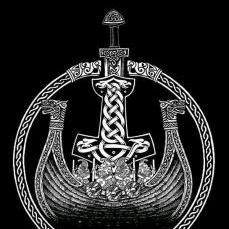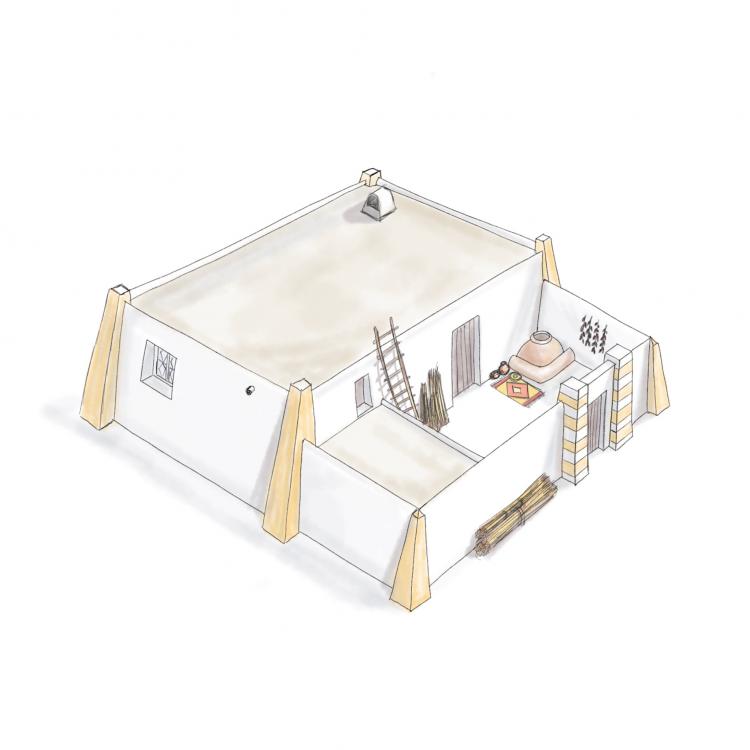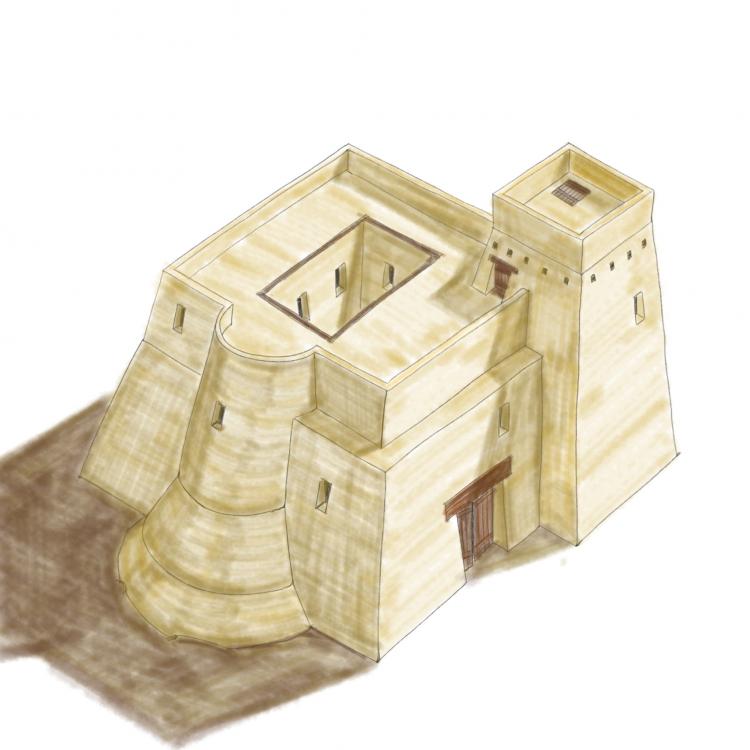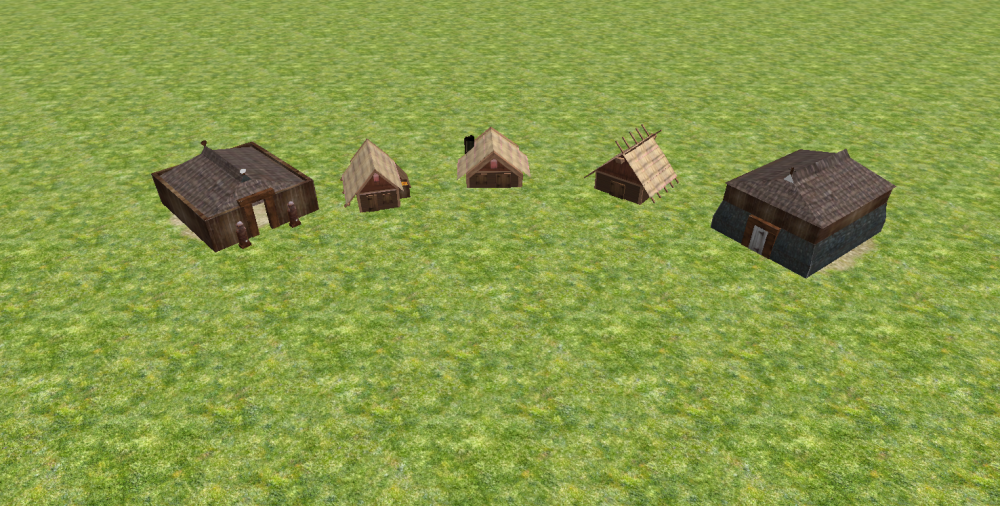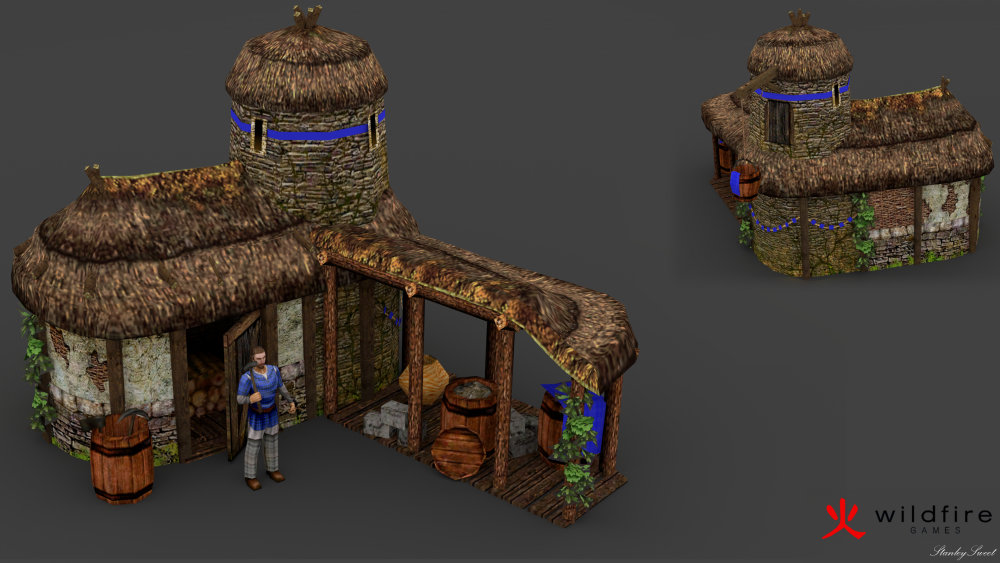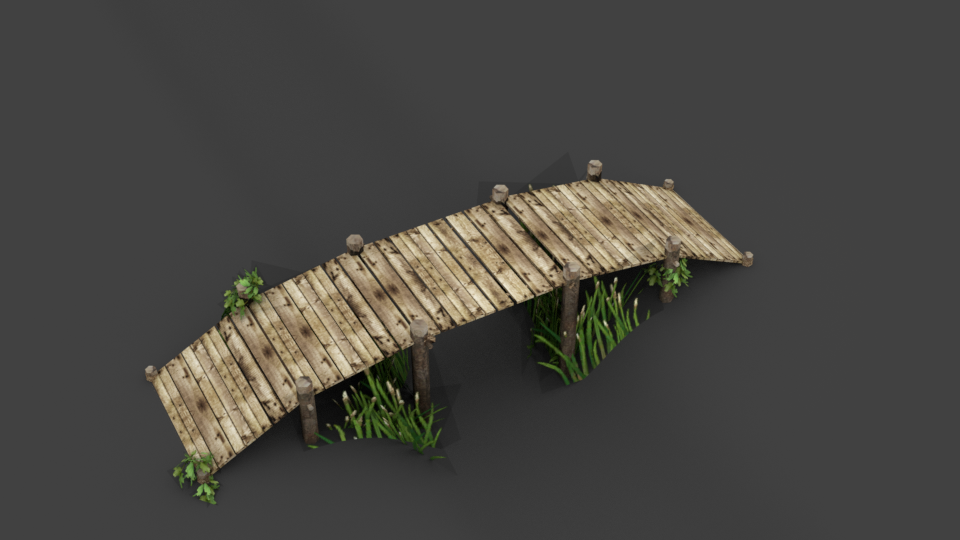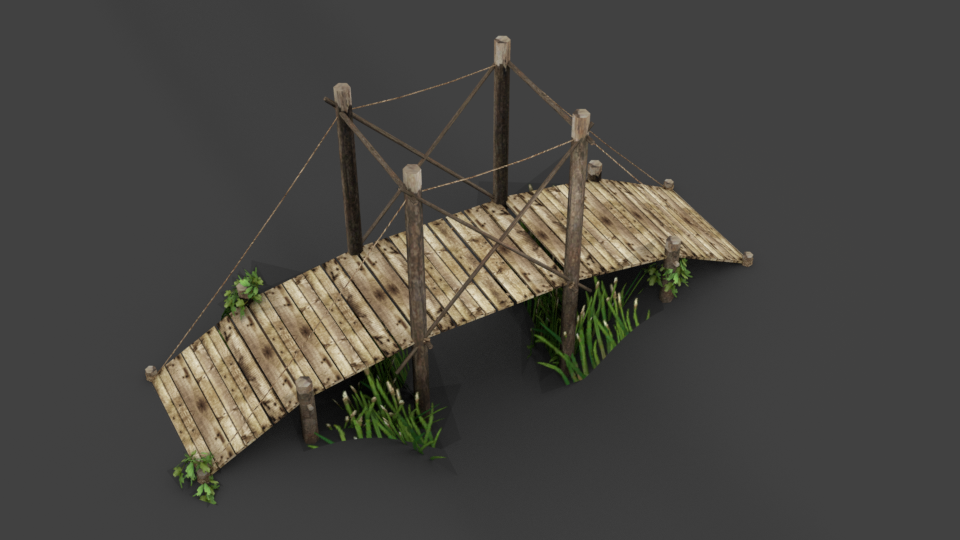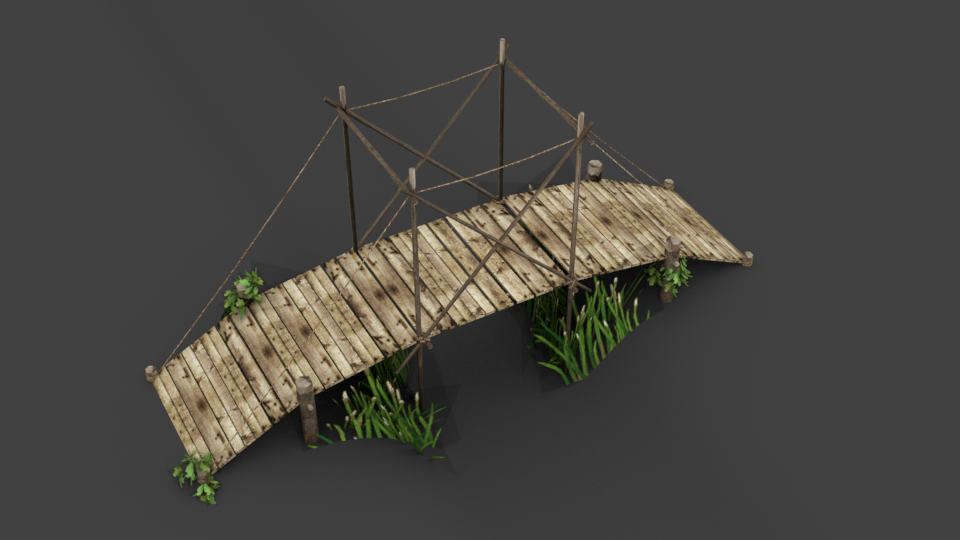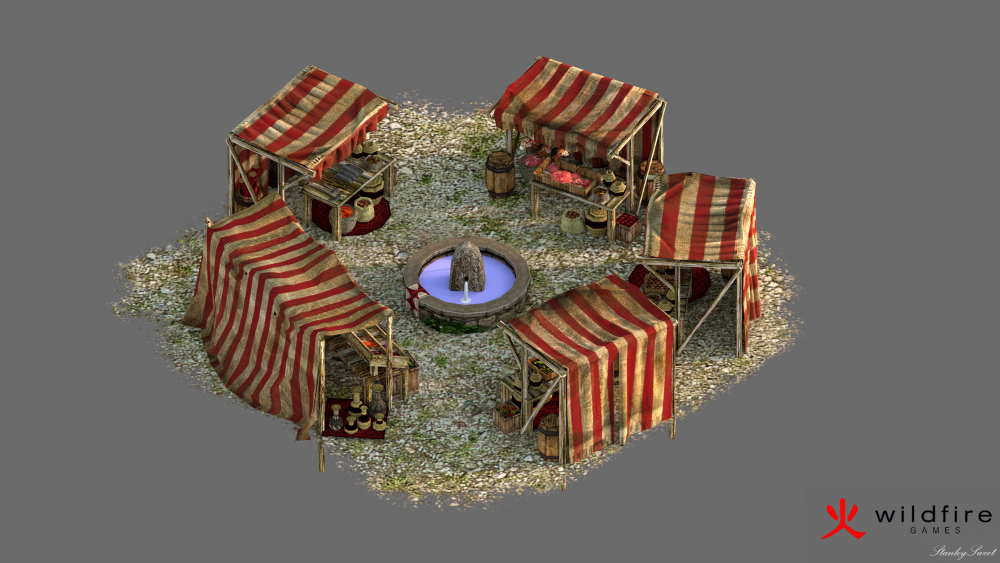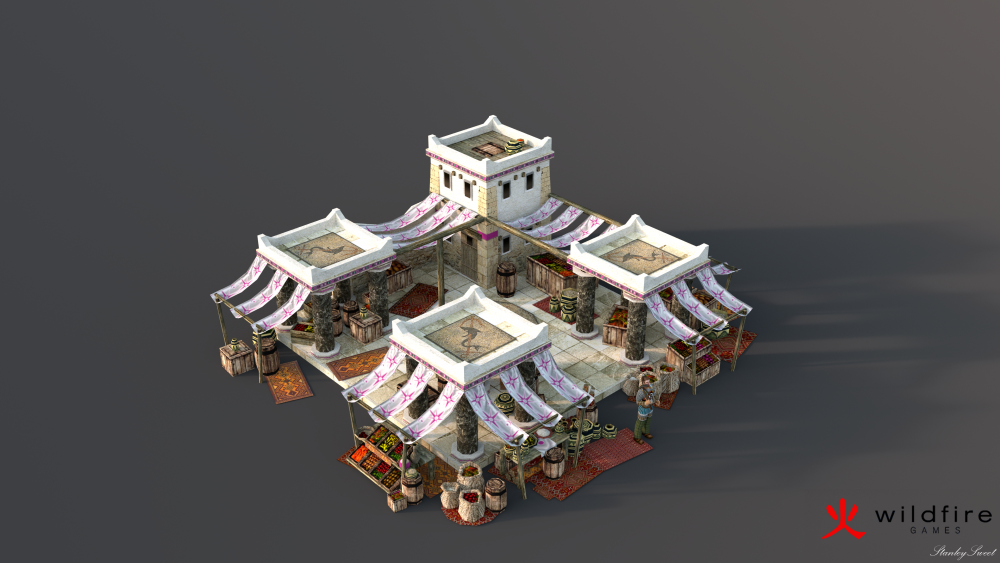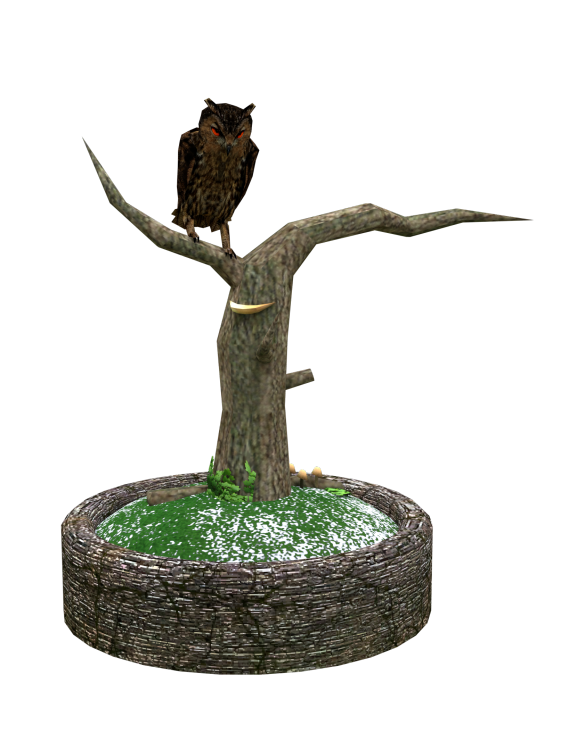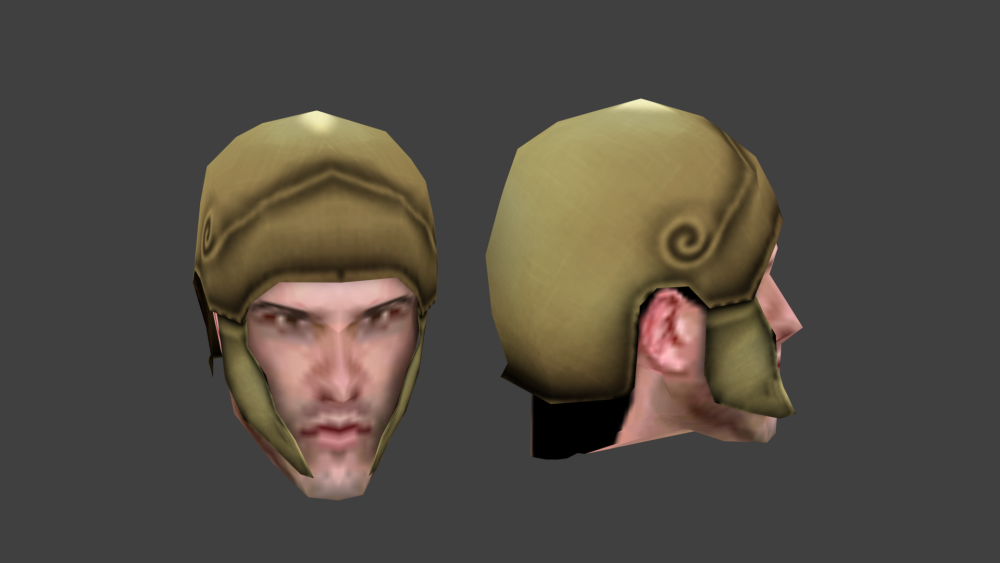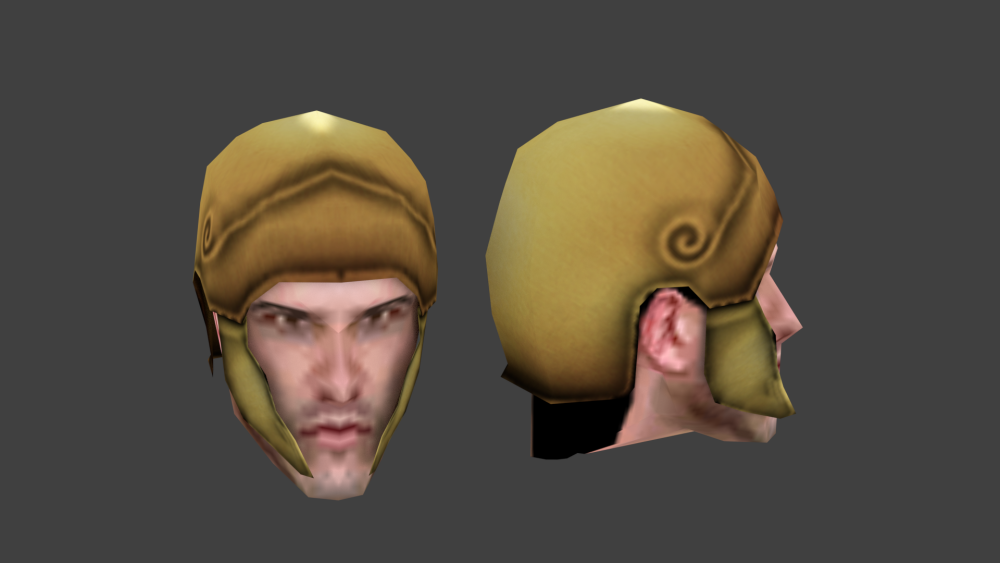Leaderboard
Popular Content
Showing content with the highest reputation on 2017-01-21 in all areas
-
Great job... Sundiata, I need an expert like you. I've started to conceptualize what it is supposed to be an African minifaction that I've identified with Nubians but after reading your post i ask myself if I should call them Kushites or finish Nubians and start Kushites as two separated civ.. May I advance something here...3 points
-
The subject of this thread are the Catapults, a ranged siege able to attack enemy buildings from distance. I'd like to discuss about their usability in games, arguing about some weak spots of this siege obviously showed in the replay attached to this post. Let's begin with the range: Catapults are ranged units and, as all ranged units, they are supposed to attack from distance going to detriement of their health(they only have 100 hp) / armor and accuracy. Towers with range increase tech (expecially if supported by an outpost) are able to attack them in particular iberian towers that inflict higher damage than regular towers due garrison capacity. Since towers are able to attack them, soldiers trying to repair catapults will be damaged aswell making the repair even harder. There is a Seleucid Hero who decreases building health by 20%, by the way, since the aura range of that hero cover 70mt, such hero is forced to be under enemy fire in order to attack with catapults and benefit of the aura effect. Cost: They cost 350 stone each which is actually the highest cost of resources for a siege. Weakness: Rams, elephants, champions can easly destroy catapults (we are talking about few hits) due the patch/dispatch time and their slow movement speed. Sword champions expecially destroy catapults in 2 - 3 hits. Slow Movement: Infantry can reach catapults too easly due their slow patch time giving time to enemy infantry reach it and destroy it and for reaching i mean that, expecially without outpost vision range increase, it is really hard to move catapult before the enemy reach it, expecially talking about cavalry. The catapult would not move fast enough for escaping anyway.. Accuracy: As any ranged units, they are exposed to an accuracy factor which reduces the siege effectiveness if compared to close-quarter sieges. There could be a tech that increases catapults accuracy, there is one in the fortress for Bolt Shooter only. Summing all those points, i think that catapults aren't worth to train due their high cost and weakness. My experience is that the catapults can be rescued only if they are attacking close to the own fortress and garrisoning them into it when the enemy appears from the fog of war. However in the most of cases champions of fast units destroy them anyway giving no chance to save them. For their population / resources cost, they are really not worth to train, unless playing naval maps. A player should be able to retreat catapult without risk to lose it unless the enemy uses cavalry in order to reach it so fast to don't give no time for a patch, in this way catapult could have more "survivability". Replay attached to the post will show some of the points i listed above. 2017-01-20_0009.rar2 points
-
This is one of the finest threads I've seen in this forum. Kudos to you! I've always wanted a Black civilization represented in 0 A.D., but the limited resources available was a huge setback. Even trying to search for some of these using my university's library system didn't provide much information. If you don't mind me asking, what is your background?2 points
-
2 points
-
1 point
-
Remember the barrel vault roof for some of the building.1 point
-
1 point
-
1 point
-
1 point
-
You can use the textures from the game if you find something you like1 point
-
Images you find on the internet have a license you can't use them as you wish.1 point
-
All of it or did you pick images from the internet ? They have to be at best CC0 and at worst CC-BY-SA 3.01 point
-
Hey @makiman Thanks for woking on this. Do you have any references for your model with historical backup ?1 point
-
Some answers and thoughts Boats I still didn’t get very far on this one, and I don’t think I’m going to get a lot further. I just can’t seem to find a depiction of a boat during the Meroitic period, even though we know they used them. I do have an interesting proposal. Just use simple versions of high prow “Egyptian style” boats as models. Here’s why. I believe the entire Nile Valley has been using the same basic high prow- boat design since the Neolithic era. After a long search, I found pictures of some petroglyphs dating to the Kerma-, or pre- Kerma-period, long before the timeframe of 0AD, but more importantly, before the Egyptian occupation of Nubia. Along with other obscure depictions of boats in the Kerma period, including from Kerma itself, we can safely deduce that even the earliest Kushites used boats similar to those of the Egyptians. Since the Naqada period, the first “Egyptian style” boats appear in petroglyphs in both Egypt and Nubia. In later times larger models become possible for the Egyptians, in the calmer waters of the Nile. Because of the rapids around the cataracts, large vessels can’t easily pass, so Kushites depended on smaller sized vessels of this type, as well as rafts. We also know of the presence of large, complex, “Egyptian style” boats with large rectangular masts, and many oars, in Kush during the New Kingdom (fig. 28). The fact that the 25th dynasty (successfully) fought naval battles on the Nile, combined with other activities up and down the entire length of the Nile for almost a century, also suggests they were completely familiar with “Egyptian” style boats. Maybe we should just call them “Nile valley boats” instead. Nile Valley boat culture forms a continuum from the delta to the Sud. Starring us in the face the whole time, fig.1 (first post) shows a beautiful golden religious barque in Napata. Although ceremonial, its shape is influenced directly by some of the earliest Nile valley boats. I don’t see why these specific high prow Nile valley boats would have gone extinct in Kush until after the fall of Meroe. Fig. 51 Rudimentary Kerma-era petroglyph of a high prow boat showing a typical rudder Fig. 52 Kerma-era petroglyph showing a high prow boat with a center cabin Fig. 53 Kerma-era petroglyph showing a hyppo-hunt in a Nile Valley boat with typical rudder mechanism. Fig. 54 I believe that the boat designs in fig 51-53 evolved in to the more familiar "Egyptian" style boats, which have similar shapes, and the same rudder mechanism. I think the boat bellow is an ideal model for a Kushite vessel. Fig. 55 Another Egyptian variation of the same basic design. These models would serve well as Kushite trading ships, or with the addition of garrisoned archers, war vessels. Fishing boats could possibly be simple hollowed out canoes, as they’ve been attested since the Pre-Kerma period and are still used by some of the populations of South Sudan today. Alternatively, papyrus boats are an attractive option as models for fishing boats. Papyrus (reed-) boats are considered one of the oldest forms of riverine transportation, and they can still be seen to some extent in Egypt, Sudan and Ethiopia today. Fig. 56 A modern example of a reed boat, in Ethiopia. Fig. 57 A modern example of a hollowed out canoe in Sudan. Please note that the shape of the paddle being used is identical to the shape of the paddles on Khufu's solar ship, in Giza. Perhaps another indication of cultural continuity along the Nile. Fig. 58 Khufu's Solar Ship. A clear challenge is the seeming absence of sea faring vessels. I don’t think Kushites ever ventured on to the red sea, although the Beja had direct access to the port of Suakin, and other vassals on the periphery of modern day Ethiopia controlled the trade route that led to Adulis (Axumite), another important port in the Indian Ocean trade. Priests Again, fig. 1 shows us Taharqa leading a religious procession in Napata. He’s actually wearing the traditional outfit of a high-priest (A white loincloth with a leopard skin draped across his chest, with the leopards’ head dangling at the height of his lower belly/crotch area). On the left side, in front of the chariot, another priest is seen in the same outfit, but without royal regalia. Fig. 59 25th dynasty Kushite priest, with inscription of Osiris Marketplace I think the marketplace might have looked quite generic. For 0AD, some rectangular stalls, constructed with 4 simple pillars supporting a roof covered with palm branches or reeds, for shade may be sufficient. Maybe a statue of Arensnuphis, a Kushite deity, on a pedestal in the middle as eye-candy. Fig. 60 Arensnuphis, a Kushite deity Traders Donkeys were the favorite travel companion for Kushite traders. They seem to have liked these rather small, hardy desert animals a lot. Long after the introduction of horses and camels, donkeys remained popular, even today. They would just pack whatever is needed on their backs, and form small, to large caravans, for long or short distance travel. The trader himself might have ridden the front donkey. Alternatively, the Beja used camels to trade back and forth with Kushite territory. Fig. 61 Petroglyphs in Sudan, depicting a donkey caravan Fig. 62 Donkeys in Sudan Siege The links you ( @balduin ) shared were very interesting and enlightening. So we can confirm the use of battering rams and siege towers for the Kushites. The excerpts from the “Piankhi stela” are especially interesting. I read several times in other sources that later Kushite Kings obsessively studied these texts, to learn about military tactics and strategy. You could almost say that the emulation of Egypt in Kushite culture stems from their obsession with Piye (Piankhi) and Taharqa, and their dedication to Amun, rather than an obsession with Egypt itself. “Then they fought against Tetehen, great in might. They found it filled with soldiers, with every valiant man of the Northland. Then the battering-ram was employed against it, its wall was overthrown, and a great slaughter was made among them. of unknown number; also the son of the chief of Me, Tefnakhte. Then they sent to his majesty concerning it, (but) his heart was not satisfied therewith.” -Piankhi stela- Fig. 64 I found a slightly better quality of the siege tower, with some interpretation. Agriculture Kushites should definitely have a bonus in terms of their cattle production. Maybe one cow can be twice the meat of one goat? Even Herodotus mentions the large quantities of meat made available to the population in his description of “the table of the sun”. It’s been proposed that Meroitic society had a redistributive system. Mercenaries I think Beja tribesmen (Blemmyes), would serve as ideal mercenary units. Beja were traditional enemies, vassals and overlords of Kush at various times. A strong sword infantry unit, and a camel unit with lance (and perhaps javelins) would be nice compliments to the Kushite unit roster. Perhaps a Beja embassy could recruit them. The embassy could be a simple Kushite rectangular structure with two Beja tents next to it, and some round shields and lances lying around. Fig. 65 A typical Beja swordsman, wearing a white loincloth, animal hide round shield, and dagger tucked away in a broad leather belt protecting his abdomen. I believe the material culture presented in this picture is identical to that of the Meroitic times. Even the shape of the swords' scabbard is a strong reminder of the earlier Kushite Kings and their swords. Fig. 66 A Beja camel warrior. Nuba tribesmen are another good mercenary unit. The Nuba are a collection of tribes to the south of Kush, were a very tall and very muscular people. Virtually naked, with no armor at all, they used very small round shields, or rectangular wicker shields. They painted their bodies with elaborate geometric designs, and these might be the “Ethiopians” Herodotus mentions in his Persian Wars, when he writes “When they went into battle they painted their bodies, half with chalk, and half with vermilion” They would make a fearsome mercenary unit, but no match for heavily armored opponents. Their upside is that they’re extremely cheap and can easily outrun other units. Their embassy could be a Kushite rectangular structure with two round huts next to it. Fig. 67 Modern Nuba Obvious weaknesses and strengths All this reading has made a few things clear to me. The Kushites had particular strengths and weaknesses relevant to the game-play of 0AD. Weakness: - Weak armor: Basic units barely used armor. Special units, champions and heroes have (quality) quilted cotton and scale armor, but they should be relatively expensive. - Weak navy. Apparently no real seafaring capability (which means they’d be a weak choice for an island map). But they did have boats, and transport of troops, and basic naval defense is a definite yes. Weak boats can be compensated with garrisons of archers, firing volleys of flaming arrows (fig. 7a). - Weak siege equipment: Only cursory mention of siege equipment and tactics, which include ladders, ship-masts, sapping attacks on walls, but also siege towers and battering rams. Strength: - Infantry should have a speed bonus, because low armor makes them faster (and cheaper) - Their cavalry should be particularly strong and fast. Highly desired by the Egyptians and Assyrians, the specific breed of Kushite horses was large, fast and strong. I believe it is the ancestor to the rare Dongola, or Dongolawi horse, an important breed throughout the greater Sudan in later times (disregard Wikipedia on this one. Their page dismisses the Sudanic origin of this breed, apparently based on the axiom that horses were introduced to Sudan in much later times. By now we know they were being bred by the 2nd millennium BCE, but this isn’t common knowledge I guess. In addition, the page fails to distinguish, or even identify the unique physical features of this breed. The author seems to be conflating barb and Arab horses with older African breeds). - Fast chariots (drawn by two horses), shooting accurate volleys of arrows. Perfect for hit and run tactics. - Large-scale food production, due to irrigation and cattle herding. Allows recruiting many, fast and cheap units early in the game, ideal for early raiding. - Strong buildings and defenses. Thick walls of cut stone, dry-stone or fired brick. Mud-brick foundations provide a certain plasticity, which in turn ensures the stability of larger structures. - Strong weapons. Early iron (steel) production gives them strong swords, spears and arrow tips. Maybe they should have a weak defense, but a strong attack. - They were world renowned for their archery skills for several millennia. They should be the most accurate archers in the game. Even in later times, Heliodorus of Emesa mentions their “unerring skill in hitting their target, their adversaries’ eyes”. This was repeated by the invading Arabs of the Rashidun Caliphate, who called them “pupil smiters”, and were forced to retreat from Sudan with many eyes lost (battle of Dongola). Fig. 68 Beautiful and rare example of the Dongola or Dongolawi horse in Cameroon. It's features include a short gait, tall legs, standing manes and its head features a typically concave profile, unlike most horses. Fig. 68 Another beautiful example of a horse with strong Dongolawi features. (Dongola was an important town, and capital of the post Meroitic Kingdom of Makuria. A horse breeding area since ancient times)1 point
-
1 point


